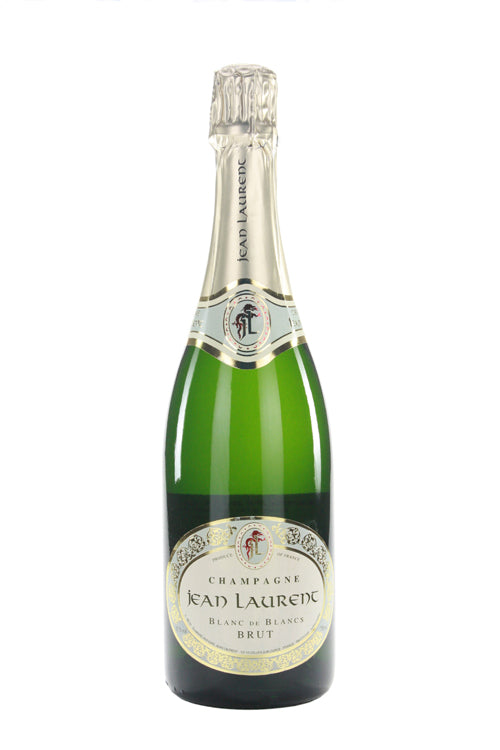
The evolution of Champagne can be traced back to Benedictine Monks in the late 16th century. Myth has it that Dom Pierre Pérignon, the cellar master at the Abbey of Hautvillers, invented the Traditional Champagne Method, exclaiming, “Come quickly, I am drinking the stars!”
While this story is very charming, it’s not actually true. Historical records show evidence of sparkling wine years before Dom Pérignon even stepped foot into the Abby. Although it took nearly two centuries for winemakers to fully understand and control the process of second fermentation, which is carried out by adding sugar (liqueur de tirage) to fermented base wines. During fermentation, the selected yeast converts the sugar to alcohol creating carbonation. The trapped CO2 produces up to six atmospheres of pressure within the bottle creating the sparkle.
The wines in Dom Pérignon’s time were only slightly fizzy though, and sweet. In fact, Dom Pérignon considered the bubbles to be a flaw. While we can’t credit him for creating the Champagne Method, Dom Pérignon did invent very important processes still used in Champagne today. He was the first to make a white wine from black grapes (Blanc de Noirs). He was also the first to blend wines from different grapes and different growing regions together to create a wine that is greater than the sum of its parts.
Another key figure, The Widow Madame ‘Veuve’ Clicquot (died 1866), created the riddling process of removing yeast sediment in the bottles. She did so by storing bottles sur pointe, or upside down on their necks, so that the yeast settled in the neck of the bottle where it could be removed (disgorged). She wanted to sell sell large volumes of clear wine without the cloudy yeast sediment. She is credited for creating a singular global brand and she became one of the richest business women of her time.
As time passed, winemakers refined the style and grape varieties for Champagne. In the 1800s, it was a sweet wine typically consumed after dinner. Today it is much dryer and usually enjoyed as an aperitif at the start of the meal.
Today, trends in Champagne include bone dry styles, called Zero Dosage or Brut Nature with less than 3 g/l residual sugar. These styles are growing in popularity for their food-friendliness and refreshing character. Try this Extra Brut with only 2.5 g/l of residual sugar.
Categories of Champagne:
There is also an increasing focus on grower-producers. These growers or, Récoltant manipulant, grow all of the grapes on their own property and carry out the winemaking in their own facilitates. These tend to focus on single vineyard wines, offering a distinct personality and singular expression of regional characteristics. The growers benefit from managing all of the farming themselves through sustainable viticulture, but undertake much higher risks from weather hazards like spring frosts, hail, and botrytis. They are no permitted to buy grapes or must from other growers, so, if there is a bad vintage they risk loosing their entire crop.
Grower producers to try:
NV Bertrand Delespierre Enfant de la Montagne Brut $49.99 - VIEW PRODUCT
NV Jean Laurent Blanc de Blancs $49.99 - VIEW PRODUCT
Coopérative de manipulation a wine cooperative that markets Champagne under its own label from members’ grapes.
NV Charles Clément Brut Tradition $34.99 - VIEW PRODUCT
The traditional Maison, or Négociant manipulant, buys grapes, must or wine to make Champagne on their own premises and market it under their own label. All the big Champagne houses belong to this category.
Ruinart Rose 750ml $69.99 - VIEW PRODUCT
Ruinart Blanc de Blanc 750ml $79.99 - VIEW PRODUCT




